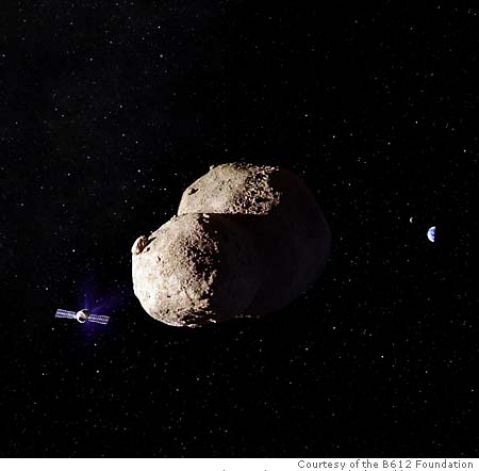
The B612 Foundation is working with NASA and the United Nations on an Asteroid Deflection Program designed to prevent Near Earth Objects (NEOs) from colliding with earth.
This may sound like the stuff of science fiction, or even white elephant technology, but given that the asteroid Apophis will pass in between the Earth and the Moon in 2029, we're glad someone is working on this stuff. Oh, and did we mention that Apophis, which is at least 885 feet in diameter, would release 27 megatons of energy if it did hit our planet? That's a pretty big wallop compared to the atomic bomb dropped on Hiroshima which was a measly .02 megatons.
Apophis is not currently on a collision course with Earth. It will get a second chance, however, when it returns in 2036. In the meantime, there are plenty of NEOs still out there waiting to be mapped. Apophis' chief claim to fame is that it briefly achieved the highest level ever measured on the Torino Impact Hazard Scale before it was downgraded. Nevertheless, it still has a one in 250,000 chance of hitting Earth on its second visit. Though Vegas may take those odds, the fact that the Torino Impact Hazard Scale even exists makes one think an asteroid deflection program might not be such a bad idea.
Among the deflection strategies currently being considered is the gravity tug (SEE PHOTO BELOW) -- an unmanned space ship designed to rendezvous with an NEO and use its gravity to gently change its course over time. It's a low cost, low impact solution that's within our current technical ability depending on how far out in space we have to meet the NEO to change its course. In other words, blowing up an asteroid with a nuclear weapon as they did in the movie Armageddon is not a good idea because it only makes smaller, more unpredictable (but no less deadly) offspring.
To learn about how an asteroid deflection program might work click here to read The SILOE Research Institute's interview with Apollo 9 astronaut and B612 founder, Rusty Schweickart.
